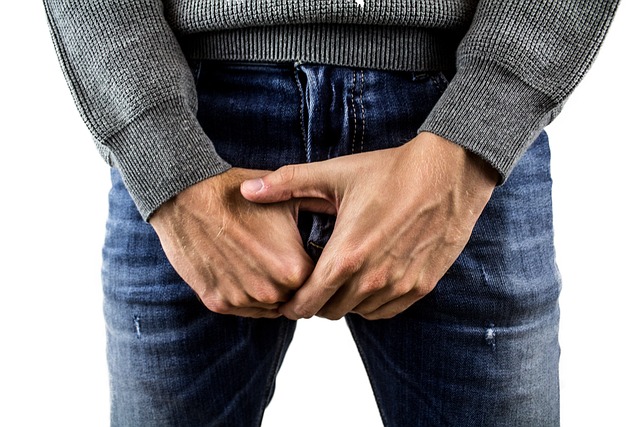Varicocele is a common medical condition that affects the veins in the scrotum, causing them to become enlarged and twisted. Their function of channelling blood back to the heart is hence impaired. It is most commonly found in adolescents and young adults and can lead to discomfort and potential fertility issues. In this article, we will explore the causes, symptoms, diagnosis, and treatment options for varicoceles.
Causes of Varicocele
A varicocele occurs when the valves within the veins that carry blood away from the testicles become weak or malfunction, causing blood to pool and the veins to enlarge. The exact cause of this valve dysfunction is not always clear, but some factors that may contribute to varicoceles include:
- Anatomy: The anatomical positioning of the testicular veins and their connection to the renal (kidney) veins can make them more prone to dilation and reflux.
- Genetics: There may be a genetic component, as varicoceles sometimes run in families.
- Increased Blood Pressure in the Veins: Conditions that increase pressure within the abdomen, such as heavy lifting or straining during bowel movements, can contribute to the development of varicoceles.
Symptoms of Varicocele
Varicoceles often do not cause noticeable symptoms, and many individuals may not even be aware they have one. However, when symptoms do occur, they may include:
- Scrotal Swelling: A varicocele may cause swelling in the scrotum, often described as feeling like a bag of worms.
- Dull Ache or Pain: Some individuals may experience a mild, persistent ache or discomfort in the scrotum, particularly after standing or physical activity.
- Fertility Issues: In some cases, varicoceles can contribute to male infertility by affecting sperm quality and quantity.
Diagnosis of Varicocele
Varicoceles are typically diagnosed through a combination of medical history, physical examination, and, in some cases, imaging studies:
- Physical Examination: A healthcare provider will conduct a physical examination of the scrotum, often when the individual is standing, to assess for the characteristic swelling and appearance of a varicocele.
- Ultrasound: An ultrasound may be used to confirm the diagnosis and assess the severity of the varicocele. Evaluation of the abdmonen can also reveal a possible risk factor.
Treatment of Varicocele
The treatment of varicoceles is generally reserved for individuals who experience symptoms or fertility issues related to the condition. Treatment options include:
- Observation: If the varicocele is small and not causing symptoms or fertility problems, a healthcare provider may recommend a "watch-and-wait" approach.
- Surgical Repair (Varicocelectomy): The most common treatment for symptomatic or problematic varicoceles is surgical repair. During a varicocelectomy, the surgeon either ties off or removes the affected veins to redirect blood flow and alleviate symptoms.
- Embolization: In some cases, a minimally invasive procedure called embolization may be performed. This involves using a catheter to block the affected veins, rerouting blood flow.
Prevention
Varicoceles often develop without any specific preventive measures. However, for individuals who are at risk due to family history or who have experienced symptoms, seeking medical evaluation and early intervention can help prevent complications and improve quality of life.
Conclusion
Varicoceles are common, often asymptomatic, but potentially problematic conditions affecting the veins in the scrotum. While not all varicoceles require treatment, individuals experiencing symptoms or fertility issues should seek medical evaluation and discuss treatment options with a healthcare provider. Early diagnosis and appropriate intervention can help alleviate discomfort and improve reproductive health when needed.
